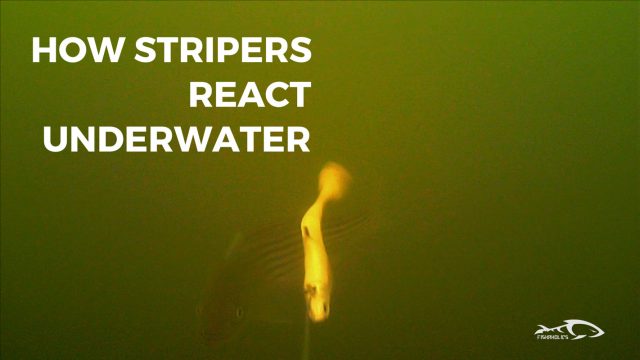
How Stripers React Under Water
Most predatory species are visual feeders. Lions visually chase down prey, stripers and bass visually scan their surroundings for an opportunity to feed and humans…well, we can’t resist the sight of a hot juicy buttered up, medium rare grilled steak.
Even with a keen sense of smell or lateral lines that detect minute electrical changes; most predators see their prey before going in for the kill.
It’s hard being a fisherman. We can’t see our prey most of the time. We can’t visually react to what the fish is telling us. How are they reacting to our lures? Do they prefer a certain color? How is it that the guy next to me, is catching all the fish?
Questions like these will swirl around in our head sometimes.
Well, I’ve had my Water Wolf for a while now and I haven’t been able to put it to real use until recently. While on the lake, I had no clue what was down there or how the fish were reacting to my bait.
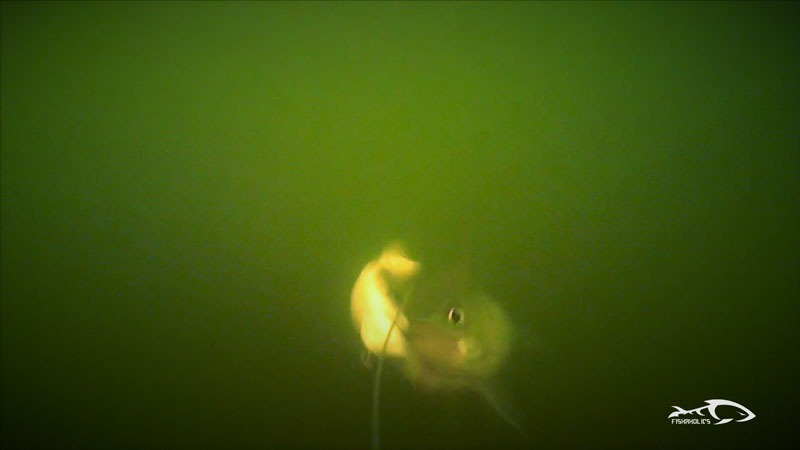
I visited two lakes on a recent trip: Millerton Lake and O’Neill Forebay. Millerton Lake had an abundant population of bass. O’Neill Forebay had a healthy population of striped bass.
Aside from the occasional arcs on my fishfinder, I wasn’t even sure if I was chasing the right species of fish. There’s a lot one can glee from looking at underwater footage after a fishing trip. Here are some things I’ve taken away from watching underwater footage from previous trips using my Water Wolf.
Bottom Contour
Knowing the bottom contour can tell you how fish relate to the bottom. On my trip to Millerton Lake, I found schools of small mouth bass hugging a sandy bottom. Nearing the fall, these small mouth bass will school up and ambush shad. The shad balls I marked were 10-15 feet off the bottom. A clear indication these bass were in an early fall feeding pattern.
With this knowledge, I can adjust my lures, depth and locations to target these active fish. In the video below, you can clearly see they were interested in the lure.
They tried striking at it but were not inhaling it. Knowing this informaiton, on my next trip, a crankbait, smaller presentation or color would have solved that problem.
All this information from a 30 second clip.
Species Of Fish
Some fishermen have been using their graphs long enough to know what type of fish they are marking. For example, on my Humminbird 598ci HD SI combo, catfish will show up blue with an orange/red head. Since a catfishes head is the only bony part in it’s body, it shows as a hard return. Panfish are harder to distinguish from one species to the other. They relate differently especially in cover such as submerged trees. You’ll often find them hovering just above or in the tree itself.
It takes time and a lot of trial and error to figure out exactly what you’re looking at on a graph. You may be fishing for a school of stripers when in fact you’ve been chasing a school of carp the whole time. An underwater camera will quickly clarify that.
It will confirm the species of fish you’re marking on the fish finder. This confirmation can cut down a lot of trial and error and show you what types of arcs to look for.
Water Clarity
Water clarity can play a big role in how the fish are behaving. Murkier waters you’ll want to use brighter lures. Clearer waters I like to use more natural colors.
Most of the time, we’ll only look at the surface and determine water clarity that way. We don’t consider how a fish will react when the lure or bait is 10, 20 or 50 feet down. Light penetration varies with the water clarity. Knowing how clear the water is below the surface can be key sometimes.
An underwater camera such as the Water Wolf, can give you an idea of how clear it is at certain depths. The footage where I captured the smallmouth bass was in 30 feet of water. Yet you can still see the lure and bass striking the bait.
Feeding Behaviors & Reaction To Lures
When you watch your underwater footage, you’ll see exactly how these fish are reacting to your lure or bait. How they chase the bait, how long they’ll chase it for and how they’re eating it are all important. It shows you exactly what you need to adjust, to catch them on the next trip.
After reviewing the footage of the small mouth bass striking the swimbait and not hooking up, I knew that a jerkbait would have increased the odds of hooking into one of those fish. They were aggressive and and were striking at the bait vs inhaling it.
Although they are different species, I noticed the same pattern with the stripers at O’Neill Forebay. I saw my rod tip jump up and down but no hook ups. After a few missed attempts, I switched it out to a SpeedLure jerkbait. It worked!
Soon after I dropped the lure to the proper depth, I began getting hook ups. Some of the catches were hooked outside the mouth and some were inside. This increased my odds of catching them since I was hooking into fish who were engulfing the lure and hitting the lure.
Since we’re such visual learners, learning to fish through our other senses can be a challenge. Seeing how a fish is biting, knowing the bottom contour or even what type of fish we’re marking can make or break a fishing trip. A short session underwater can teach us a lot about what goes on under there.

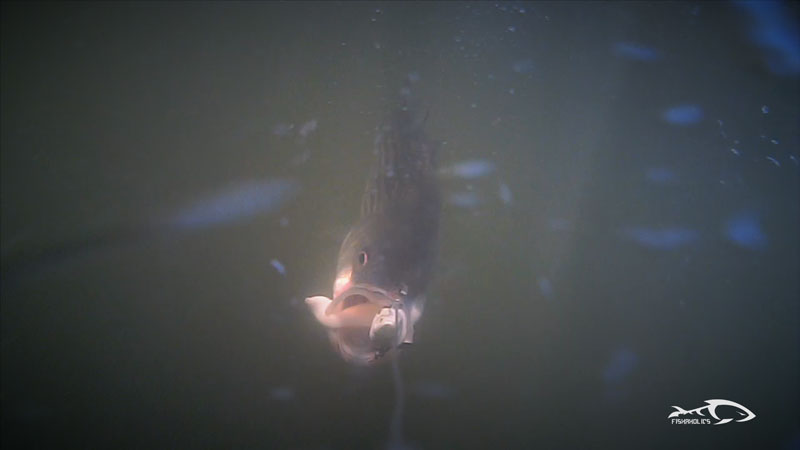
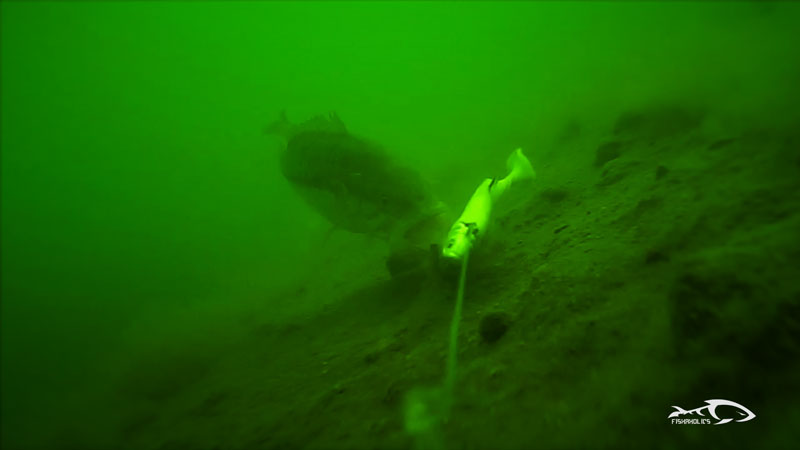
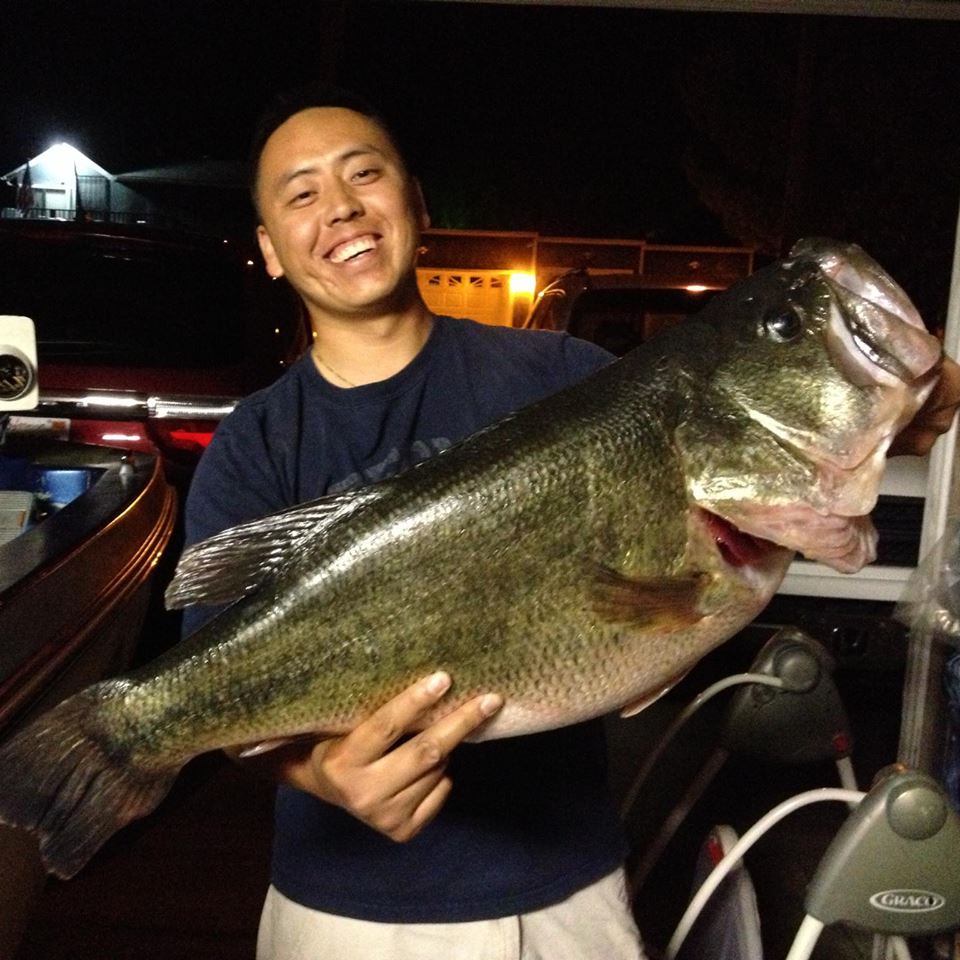
This is really good information. I’d like to see more videos like these. Keep up the good work.
Thank you. Most of my videos I try and keep informative. I’ll be doing more underwater videos in the future as well. Thanks for watching